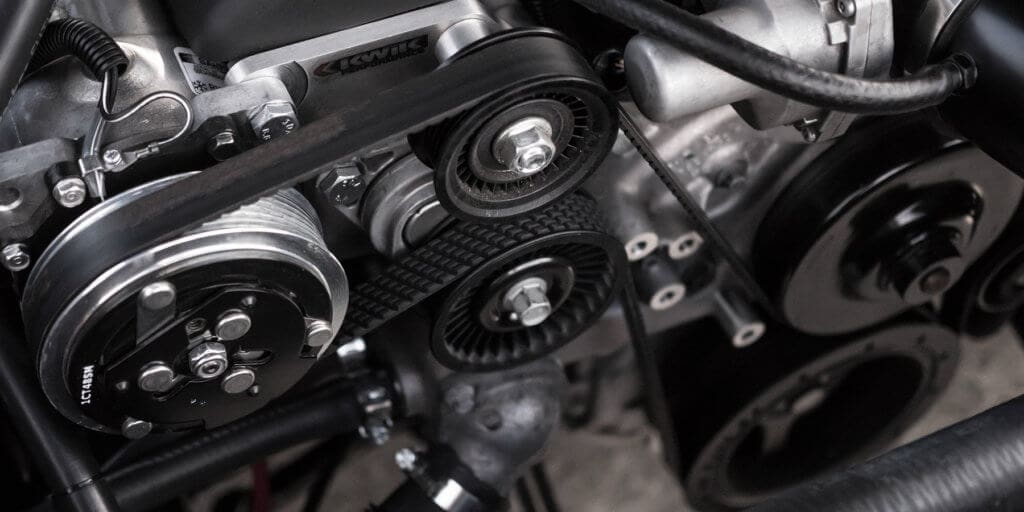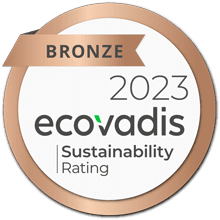Pre-pandemic contracts and post-pandemic headwinds cause problems for Cooper Standard
In an Interview with Third Bridge Forum, the specialist told us rising oil and steel prices since 2018-2019 and YoY price reductions of 1-3% for customers on long-term agreements continue to affect the profitability of Cooper’s products. The pandemic is also “significantly” affecting the company. However, the specialist said they expect automotive OEMs to recover to “historic levels” by the end of the year.
Cooper Standard is likely to be “most positively impacted” when higher volumes return compared with peers, especially in North America, we heard. However, if volumes remain low, the specialist warned it would be “very difficult” for it to generate enough cash to service debt returns that are due 2022-2025.
One way the company is trying to raise money is by renegotiating contracts with current OEMs. The specialist said Cooper wants to raise USD 100m but that it will be “difficult” to get that money back because OEMs are coming off “really bad results” in 2021. The specialist also said Cooper is “probably a little bit late” in trying to recoup funds, with the USD 100m “not enough” to cover recent increases in energy costs and commodity inflation.
Despite Cooper’s challenges, the specialist said OEMs “depend” on the company for components and therefore cannot allow it to go bankrupt again. The specialist told us OEMs want competition in the automotive systems and components industry to solidify their supply base. Finding a new supplier “is not something that happens overnight”, the specialist warned, and as a result could strengthen Cooper’s hand in contract renegotiations.
The transition to electric vehicles (EVs) is also expected to create opportunities for Cooper. The specialist said Cooper supplies eight parts in combustible vehicles, but that increases to 28 for hybrids and 20 for EVs. Overall, the specialist said it would be reasonable for Cooper to have content per vehicle uplift on EVs of 20% or more.
To access all the human insights in Third Bridge Forum’s Cooper Standard – profitability headwinds & demand outlook Interview, click here to view the full transcript.
The information used in compiling this document has been obtained by Third Bridge from experts participating in Forum Interviews. Third Bridge does not warrant the accuracy of the information and has not independently verified it. It should not be regarded as a trade recommendation or form the basis of any investment decision.
For any enquiries, please contact sales@thirdbridge.com



